

— Blogs —
—Products—
 Consumer hotline +8618073152920
Consumer hotline +8618073152920 WhatsApp:+8615367865107
Address:Room 102, District D, Houhu Industrial Park, Yuelu District, Changsha City, Hunan Province, China
Product knowledge
Time:2025-10-14 16:01:59 Popularity:519
The Depth of Smart Agriculture: Why We Need to Deploy More IoT Sensors
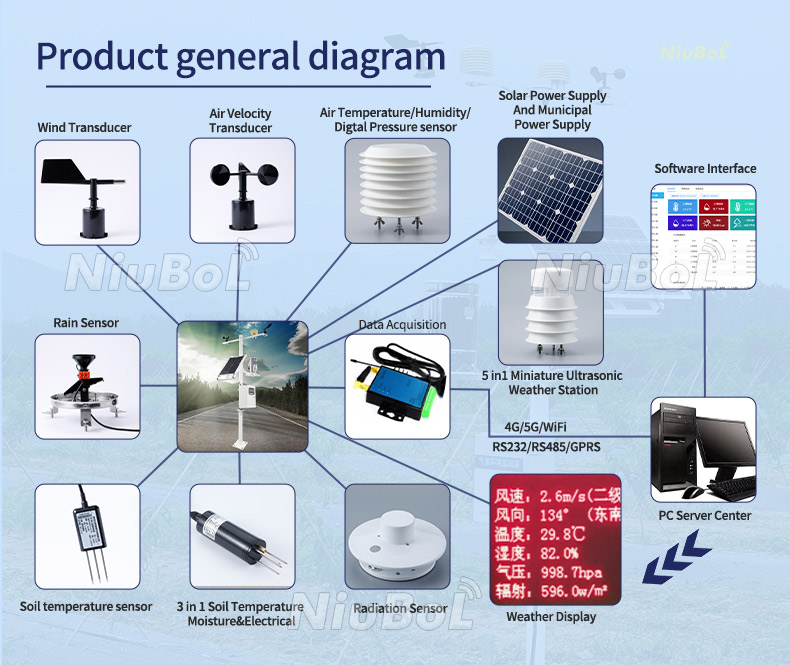
Today's smart agriculture has completed the first leap from paper records to digital platforms. However, many farm managers find that even with sensors installed, the improvement in decision precision remains limited. The problem is not the presence of sensors, but rather the insufficiency in their "quantity" and "dimensions."
Even on the same 100-acre plot of land, environmental parameters such as soil composition, slope, light, humidity, and wind speed may show significant variations.
If only one soil sensor is deployed across 100 acres, the collected data is merely an "average value." Using this average for "precision irrigation" often results in waterlogging in some areas and drought in others, ultimately leading to resource waste and yield losses. This kind of "pseudo-precision" management is the biggest bottleneck hindering smart agriculture from advancing from "digitalization" to "intelligentization."
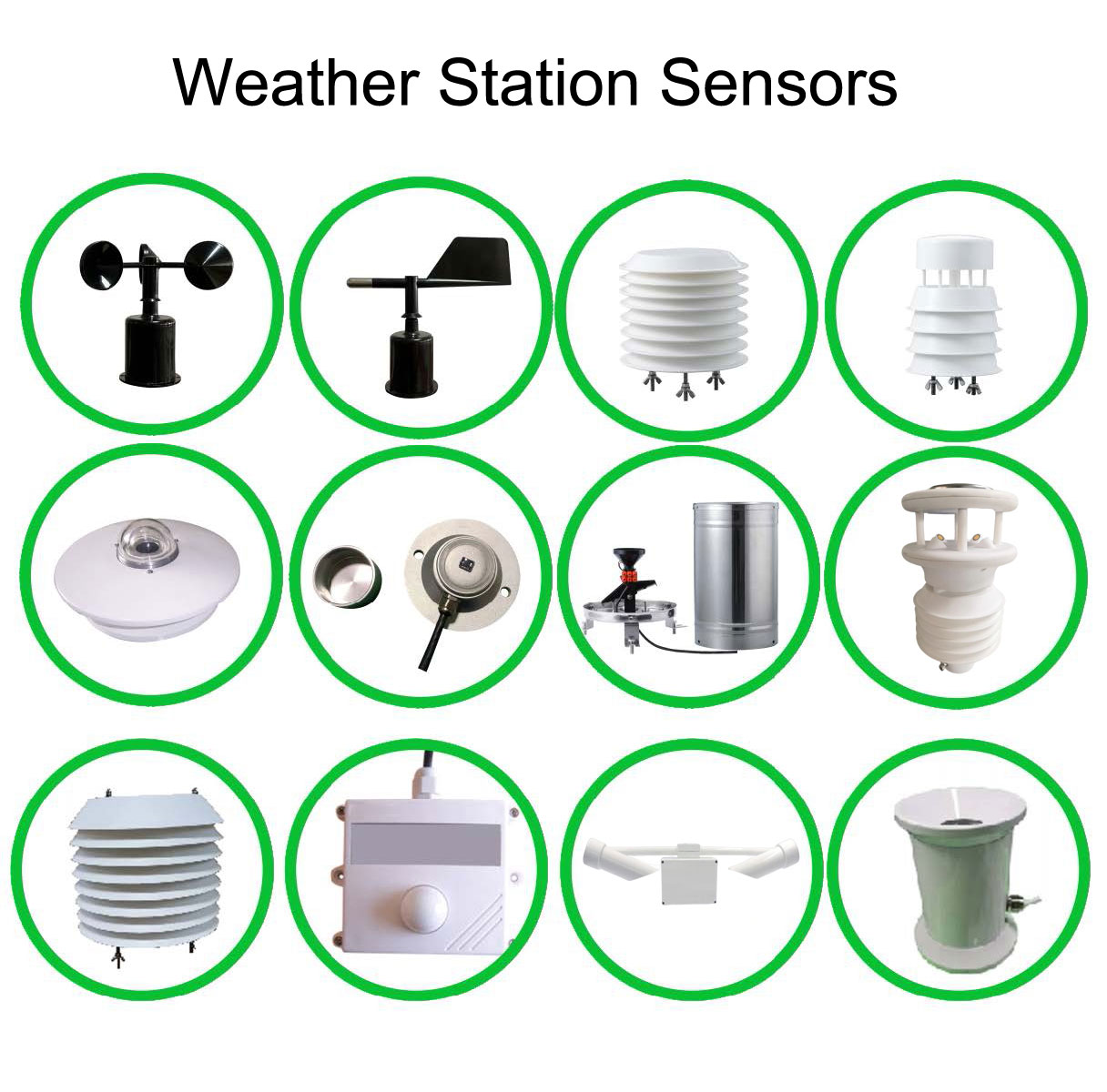
By deploying a multi-parameter soil sensor node every 5–10 acres, the system can create high-precision distribution maps of soil moisture, EC values, and pH values.
This allows farm owners to: Apply 20 L of water where 20 L is needed, and precisely fertilize plots requiring 5 kg/ha of nitrogen. This "variable management" (Variable Rate Management) is the key foundation for achieving the ultimate return on investment (ROI).
Terrain differences (such as slopes, depressions, and woodland edges) easily form local microclimates, which become latent zones for frost and pests. By deploying high-density microclimate sensor arrays (including ambient temperature and humidity, leaf wetness, etc.), the system can:
Capture critical environmental conditions and generate "risk hotspot maps," enabling control measures to shift from "regional" to "meter-level" precision. This approach can significantly reduce pesticide spraying areas, lower costs, and enhance ecological benefits.
AI is the core of smart agriculture, but its accuracy depends on the quantity and quality of data. High-density, multi-dimensional sensor deployment provides "high-quality fuel" for AI models:
The richer the data, the deeper the AI's understanding of crop physiology and the environment;
The more accurate the prediction models, the more scientific the management recommendations.
In the long term, this data accumulation will drive farm operations from experience-based decisions to true algorithmic farming (Algorithmic Farming).
| Deployment Type | Sensor Density | Investment Cost | Irrigation Efficiency | Pesticide Savings | Crop Quality | ROI (Long-Term) |
| Low-Density Deployment | 1 per 100 acres | Low | +10% | No Significant Improvement | Average | General |
| High-Density Deployment | 1 per 10 acres | High | +35% | -40% | Significant Quality Improvement | Excellent |
High-density solutions, although slightly higher in upfront costs, can significantly boost production efficiency and crop quality, with long-term ROI far exceeding low-density options. Additionally, systematic data collection can help farms obtain extra benefits such as carbon credits, ESG certifications, and smart agriculture subsidies.
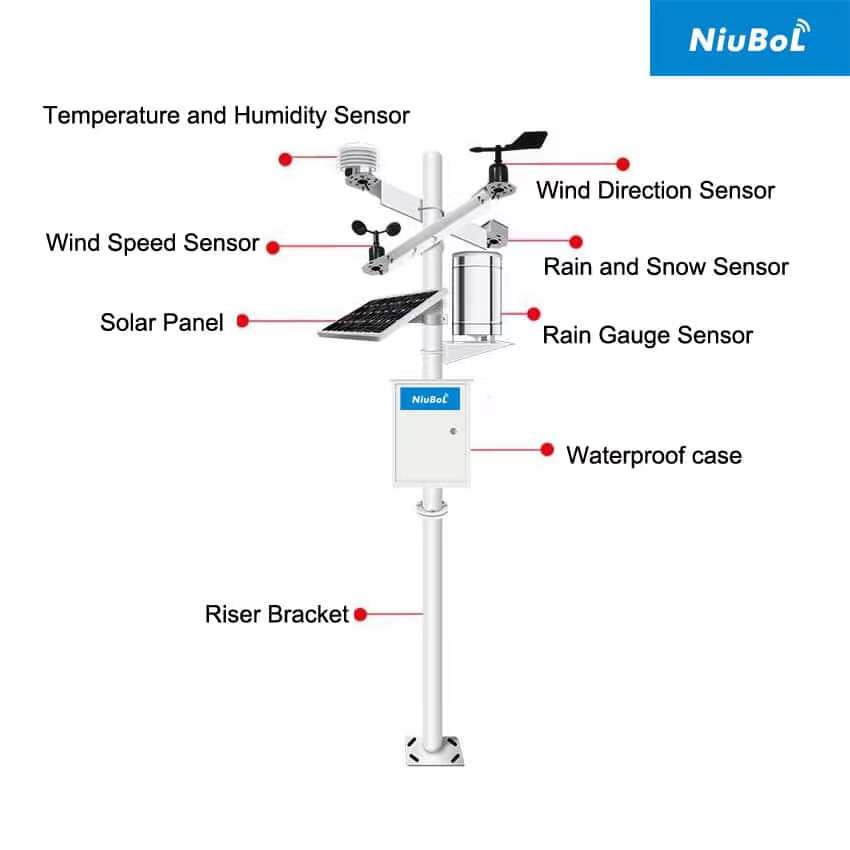
Future agriculture needs not only more sensors but also "deeper" data.
For example, deploying crop physiology sensors (such as stem micro-variation meters and sap flow sensors) can directly quantify crop responses to environmental stress:
When stems contract, it indicates the crop is under water stress; the sensor can issue an irrigation signal ahead of soil moisture sensors, achieving true "crop-driven precision agriculture."
This monitoring logic will upgrade agriculture from "environment-centered" to "crop-centered," marking the next phase of smart agriculture.
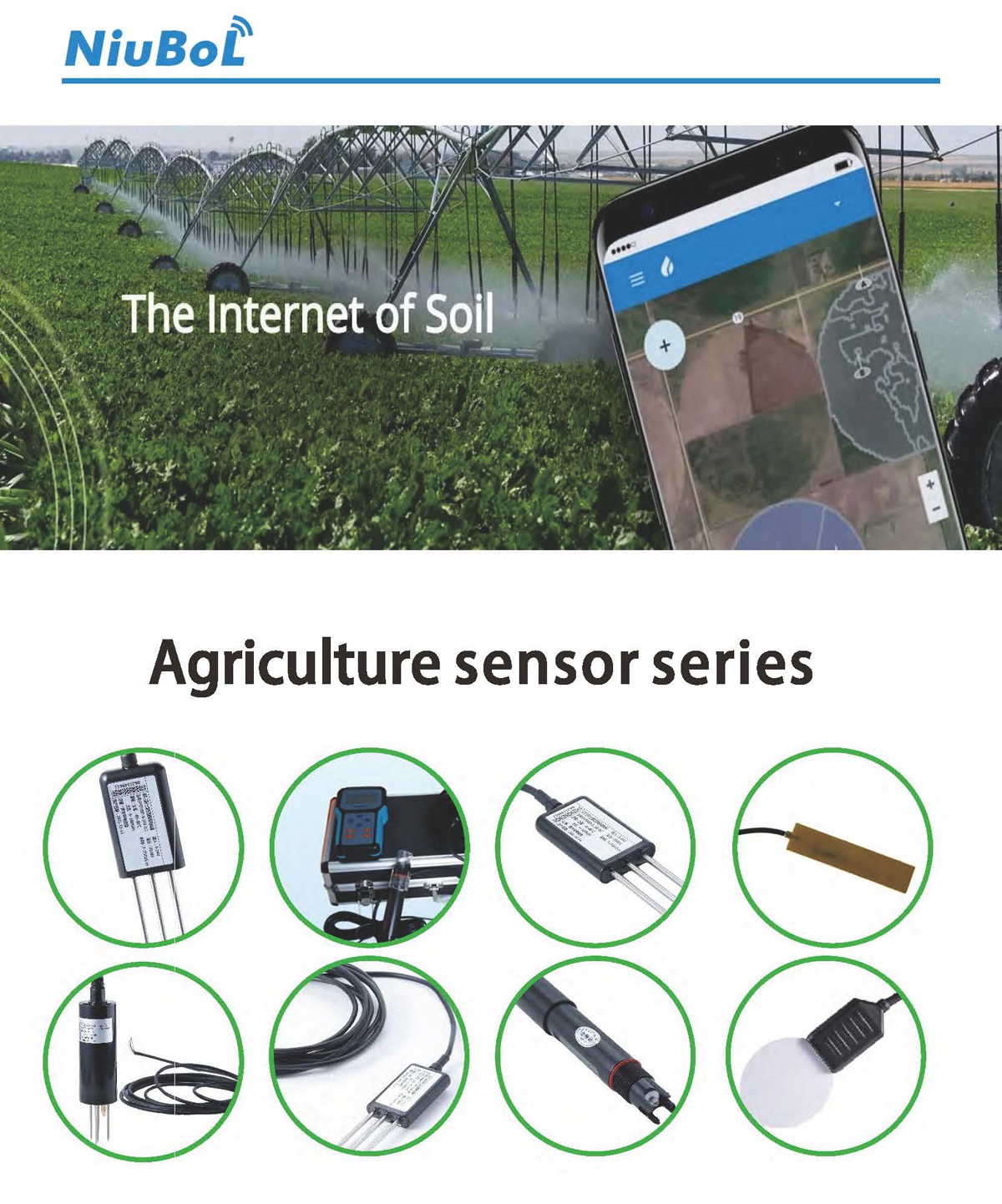
[NiuBoL] deeply understands the importance of data density for precision decision-making.
We advocate the "data depth" concept, committed to making high-density sensor networks economically feasible and technologically scalable.
Our solutions offer the following advantages:
- Support for LoRaWAN / Modbus / 4G multi-network methods, with low power consumption and long-distance transmission;
- Integration of soil, climate, and physiological sensors for full-dimensional data collection;
- Through the NiuBoL data fusion platform, heterogeneous sensor data is integrated to generate decision maps and recommendation reports.
Don't let data insufficiency limit your "smart" farm. Contact us to customize your high-density sensor deployment plan,
and truly take your farm from "digitalization" to "intelligentization."
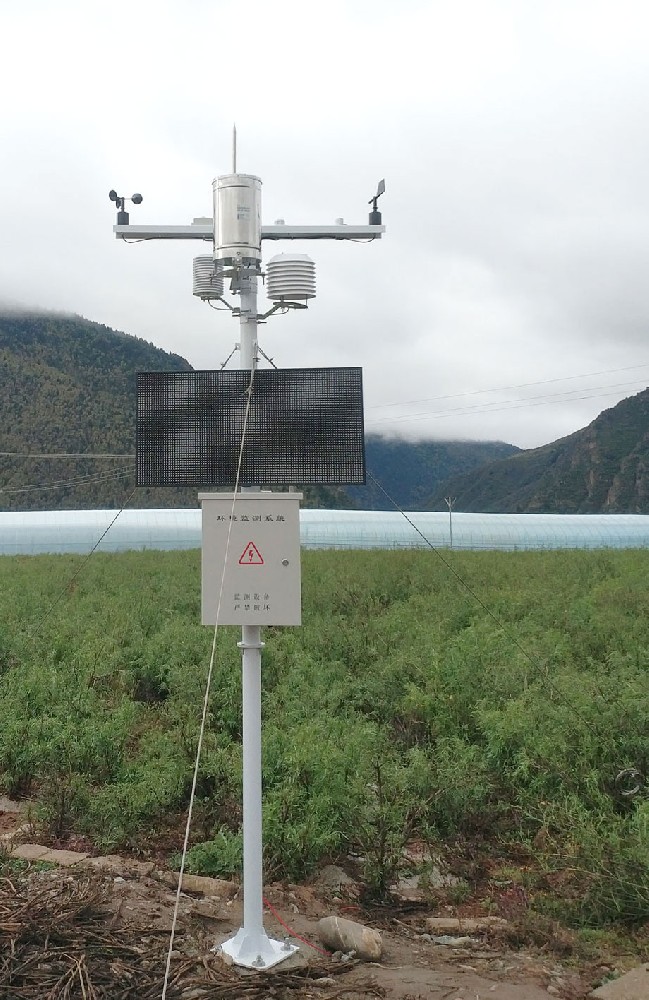
A: No.
NiuBoL systems adopt a LoRaWAN + edge computing architecture, where data is preprocessed and compressed locally, uploading only key changes and alerts. A single LoRa gateway can stably manage hundreds of sensor nodes with extremely low power consumption.
A: This depends on crop type, land heterogeneity, and management precision requirements.
High-value crops (orchards, greenhouses): Recommend 1 per acre;
Field crops (corn, wheat, etc.): Recommend 1-3 per 5–10 acres.
NiuBoL's expert team can provide scientific deployment planning based on your soil conductivity mapping and elevation data.
A: Yes.
The NiuBoL cloud platform features an open architecture and standardized data engine, compatible with mainstream sensor protocols (MODBUS, RS485, LoRa, 4G, etc.), enabling cross-brand integration and unified dashboard display for easy mastery of full-farm dynamics. 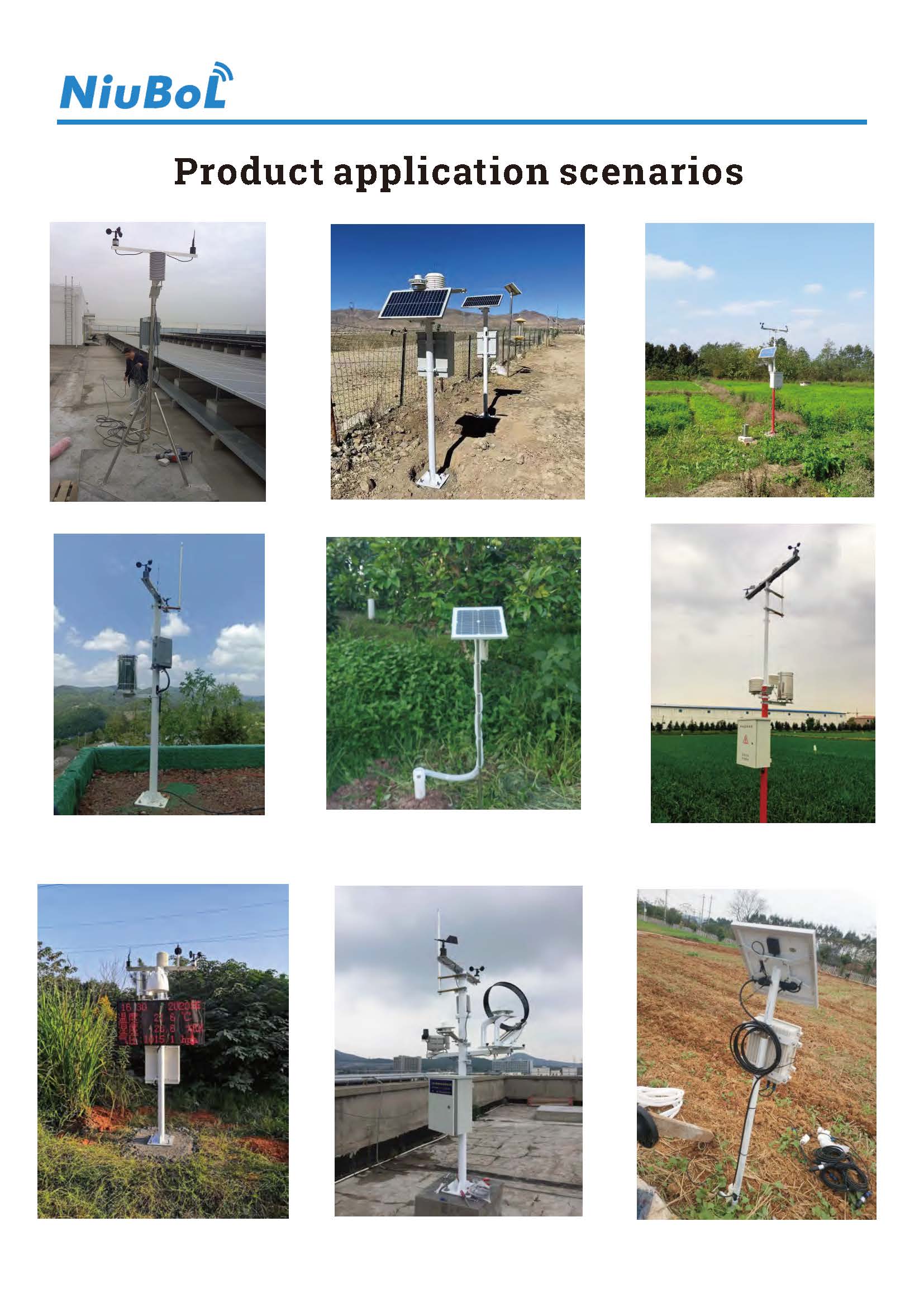
The future of smart agriculture does not depend on "having sensors," but on possessing a data network with sufficient density and depth. Deploying more and smarter IoT sensors is the essential path for farms to transition from "digitalization" to "intelligentization," and from "experience-based decisions" to "data-driven" operations.
Prev:Top 10 Innovations in Weather Monitoring Technology
Next:Choosing the Right Water Level Sensor for Any Application: A Comprehensive Breakdown
Related recommendations
Sensors & Weather Stations Catalog
Agriculture Sensors and Weather Stations Catalog-NiuBoL.pdf
Weather Stations Catalog-NiuBoL.pdf
Related products
 Combined air temperature and relative humidity sensor
Combined air temperature and relative humidity sensor Soil Moisture Temperature sensor for irrigation
Soil Moisture Temperature sensor for irrigation Soil pH sensor RS485 soil Testing instrument soil ph meter for agriculture
Soil pH sensor RS485 soil Testing instrument soil ph meter for agriculture Wind Speed sensor Output Modbus/RS485/Analog/0-5V/4-20mA
Wind Speed sensor Output Modbus/RS485/Analog/0-5V/4-20mA Tipping bucket rain gauge for weather monitoring auto rainfall sensor RS485/Outdoor/stainless steel
Tipping bucket rain gauge for weather monitoring auto rainfall sensor RS485/Outdoor/stainless steel Pyranometer Solar Radiation Sensor 4-20mA/RS485
Pyranometer Solar Radiation Sensor 4-20mA/RS485
Screenshot, WhatsApp to identify the QR code
WhatsApp number:+8615367865107
(Click on WhatsApp to copy and add friends)
